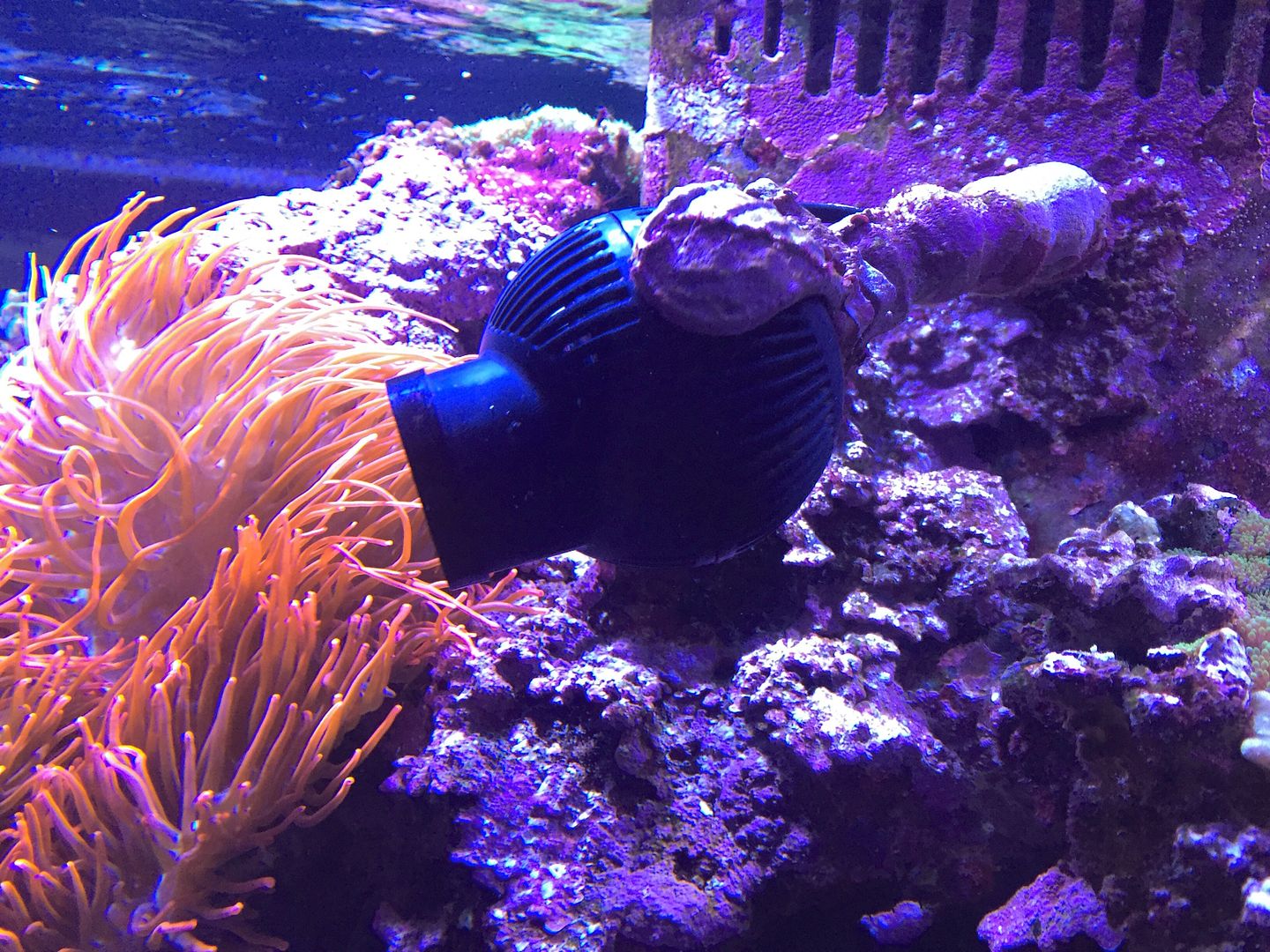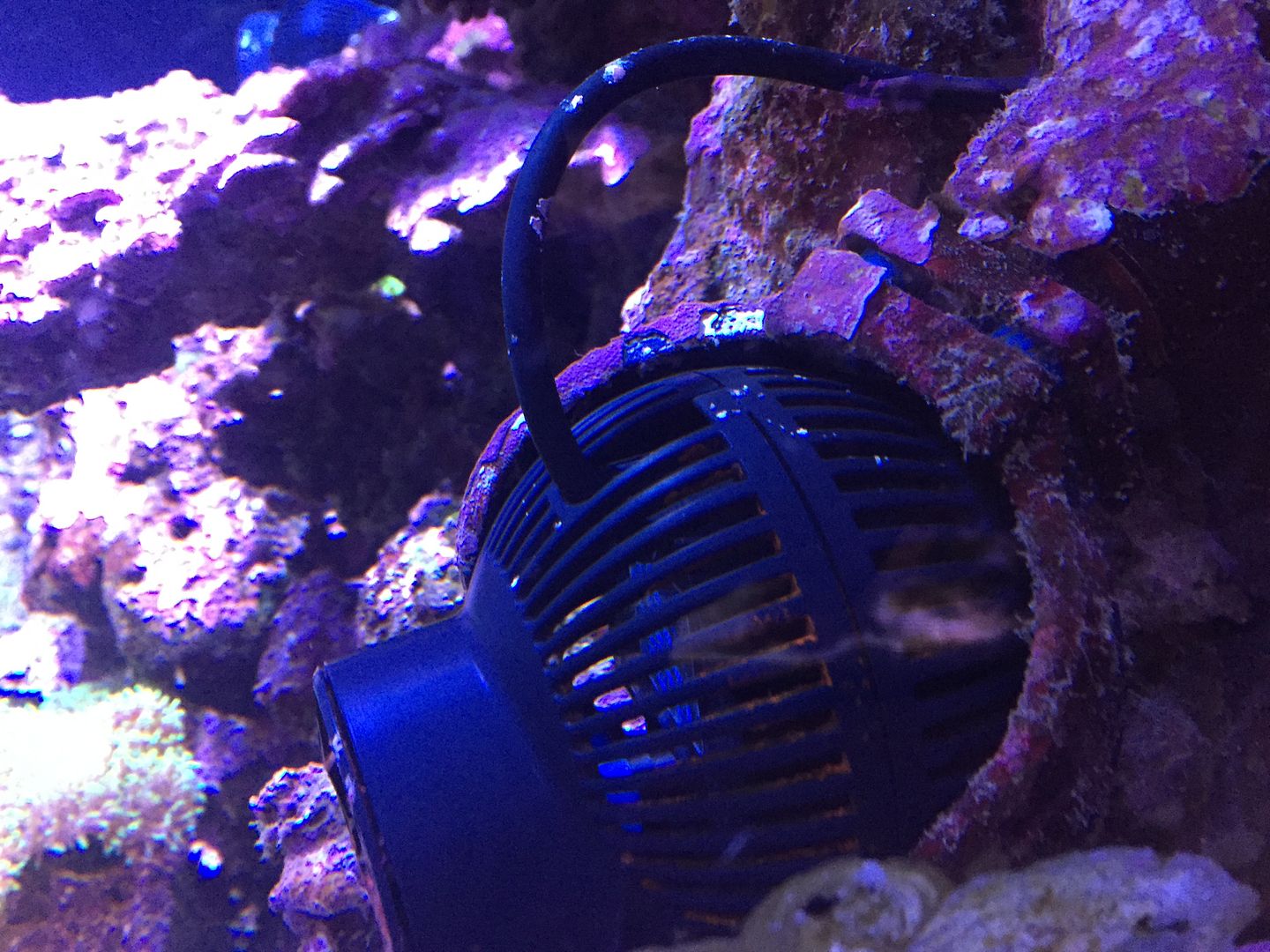In light of the recent skimmer overflow I had decided to update my leak detection setup with my Apex. I was originally using a product called the Water Bug which is a leak detection device that plugs into the breakout box. I had a couple sensors setup on it but occasionally it false alarmed so I had it disabled in my alarm notification. When we had Black Friday I opted to get the Apex ALD Leak detection setup with 4 leak sensors. It arrived the other day and I just got through setting it up.
The ALD functions much like a breakout box. You have 4 normally open switches (example: Swx_1, Swx_2, Swx_3, Swx_4). Each switch corresponds to a plug on the ALD where you can add a sensor. When the sensor detects water, the circuit closes. There are 2 ways to deal with the notification/alarm programming. You can either a line in the email and alarm outlets that says:
If Swx_1 Closed Then ON
This would trigger the alarm.
Or you can create a virtual outlet that you name to correspond with the leak sensor location to make it more intuitive. Then add the If Swx_1 Closed Then ON to the virtual outlet
I used a seperate virtual outlet for each sensor and named them according to the sensor location so that if there is a leak, when I get my email/text alert, I know exactly where the leak is located based on which virtual outlet turns on. I added 4 sensors to the ALD. One under my pumps below the tank, one right next to the skimmer sump below the tank, one in the closet next to the tank and one in the shed next to my calcium reactor. I need to get an RJ11 extension for the one next to the skimmer which I will do this weekend. That sensor is a bit further from the ALD module than the senor cord will allow although I might just opt to move the ALD instead.
Once I got it all programmed I got a wet sponge and tested the three leak detection modules that are connected to verify that the system was working and I was getting email notifications that told me where the leak was located and it worked just as it should.
Here are some screen shots.
This is Leak_Pumps which tells me there is water on the floor by the pumps.
This is Leak_Closet which tells me there is water on the floor in the closet next to the tank where I have some water lines running through as well as my Dos pump which is used for feeding thawed but chilled frozen food.
And this is Leak_Shed which tells me that there is water on the floor in the shed where my calcium reactor and mixing tanks are located as well as my Renew AWC.

































